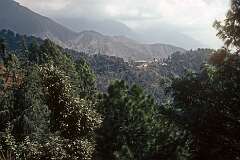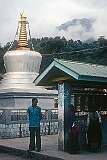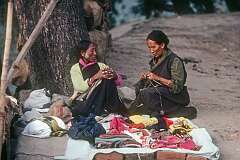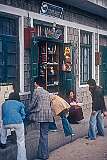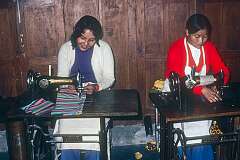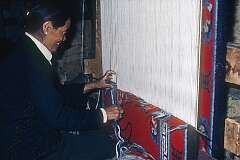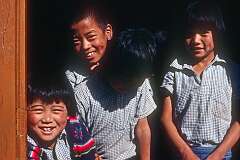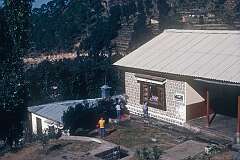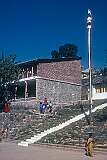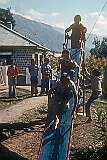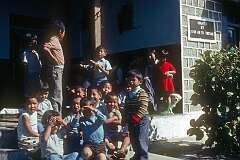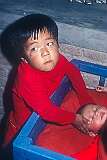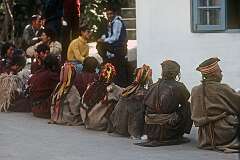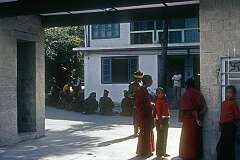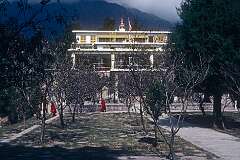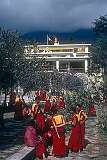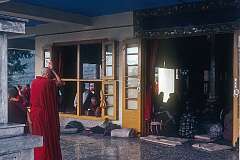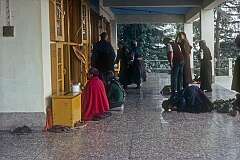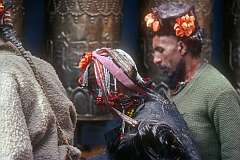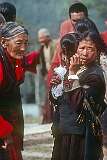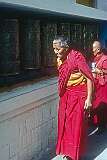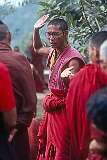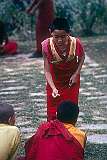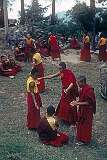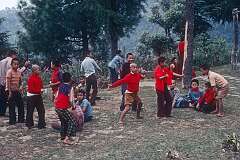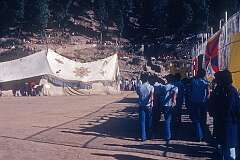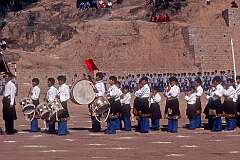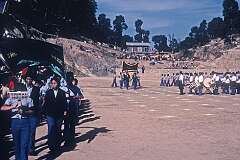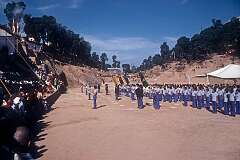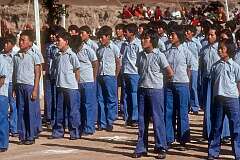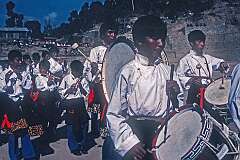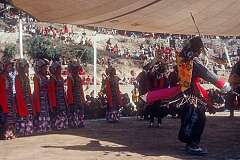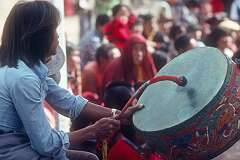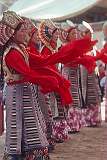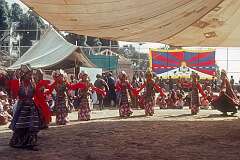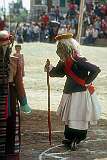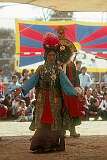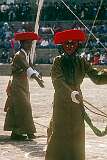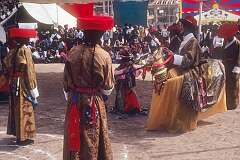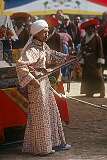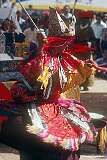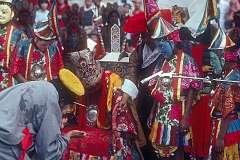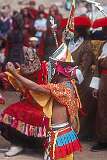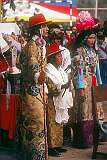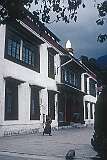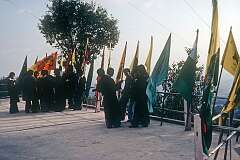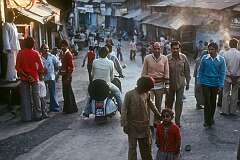Himachal Pradesh: the Dalai Lama’s Residence in Dharmshala
25-28 October 1979
McLeod Ganj, perched above Dharamshala in Himachal Pradesh, is a serene hill town famed as the home of the Dalai Lama and the heart of the Tibetan exile community. Named after Sir Donald McLeod, a British official of colonial India, it became a sanctuary in 1959 when the 14th Dalai Lama fled Tibet after the Chinese occupation. The Indian government offered asylum, and McLeod Ganj evolved into “Little Lhasa”, a centre for Tibetan culture, Buddhism, and activism. The Tsuglagkhang Complex includes the main temple, the Namgyal Monastery, which is the personal monastery of the 14th Dalai Lama, and the Tibetan Museum. The town is surrounded by pine and deodar forests, with snow-clad Dhauladhar ranges towering above. It blends Himalayan tranquillity with vibrant markets, prayer flags, meditation centres, and global visitors drawn to its message of resilience and peace.
The Tibetan Children’s Village (TCV), founded in 1960, provides care, education, and cultural grounding for thousands of Tibetan refugee children, nurturing a new generation in exile. Tibetan Opera, known as Lhamo, was performed when celebrating the anniversary of the TCV; it is a traditional performing art that combines singing, dance, drama, and ritual to tell stories drawn from Tibetan history, religion, and folklore. Originating in the 14th century, it often depicts moral and spiritual themes, highlighting virtues like compassion, wisdom, and justice. Traditionally performed outdoors during festivals, Lhamo serves both as entertainment and religious expression, blending humour, devotion, and artistry; it is a cherished symbol of Tibetan identity and cultural endurance.
The Tibetan Children’s Village (TCV), founded in 1960, provides care, education, and cultural grounding for thousands of Tibetan refugee children, nurturing a new generation in exile. Tibetan Opera, known as Lhamo, was performed when celebrating the anniversary of the TCV; it is a traditional performing art that combines singing, dance, drama, and ritual to tell stories drawn from Tibetan history, religion, and folklore. Originating in the 14th century, it often depicts moral and spiritual themes, highlighting virtues like compassion, wisdom, and justice. Traditionally performed outdoors during festivals, Lhamo serves both as entertainment and religious expression, blending humour, devotion, and artistry; it is a cherished symbol of Tibetan identity and cultural endurance.





